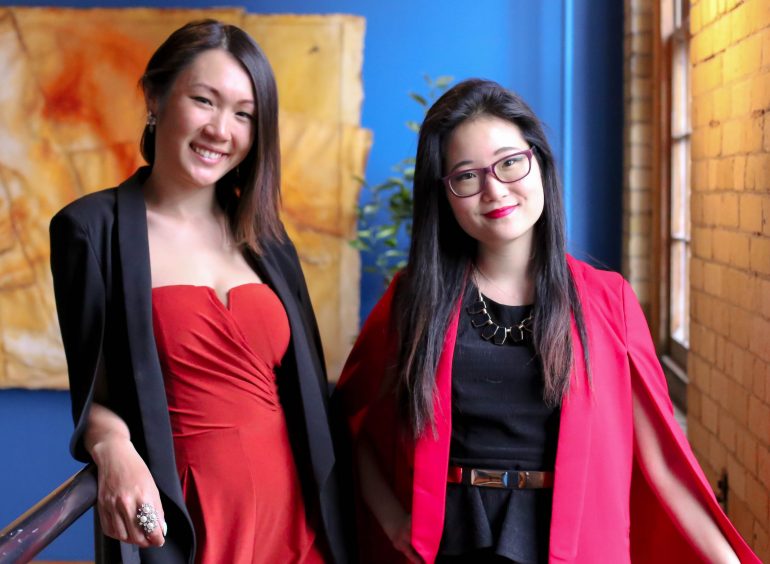“Innovation” is one of the hot buzzwords for both startups and large enterprises; as customer needs and demands change more quickly, the ability to be agile and proactively offer solutions that meet these demands has become key to survival as a business in 2016.
It’s an issue that Chenny Xia and Jessica Fan — two Next 36 alumni — are addressing with Journey, a Toronto-based design consultancy helping large enterprises make innovation part of their client’s DNA. The problem with innovation strategies today, the team says, is that these enterprises believe that simply having an off-site innovation centre or hackathons are enough to inspire their employees to adopt a “startup style” way of functioning. Xia and Fan saw this when they worked at design agency Pixelbot, and found that 90 percent of their clients would fail to carry out the innovation strategies Pixelbot assisted with as there was no one internally that would iterate on it.
“We found ideas that come from hackathons — though they’re really forward thinking — often don’t end up going anywhere after the hackathon.”
“Innovation can be a fluffy word that can be defined differently across the board. For us, how we see an innovative company is one that adopts the mindset and environment to be able to keep up with changing needs and expectations,” said Xia, CEO of Journey. “The mindset is how employees, stakeholders, and leaders think through challenges and products, and the environment sets people up for success and gives them the channels to be able to act in an innovative way.”
Journey employs a 90-day minimum viable innovation program to ensure that they create a program that is actually repeatable and scalable within organizations. By helping their clients create a vision through innovation, define the goals of executive leaders and the kind of growth they’re looking for, and helping them understand that innovation is like a “portfolio” assessing core competencies, they help organizations ensure that their innovation goals go beyond idea stages.
“Hackathons are a great way to energize and inspire attendees, but we found ideas that come from hackathons — though they’re really forward thinking — often don’t end up going anywhere after the hackathon,” said Fan, the CIO of Journey, adding that there’s no time for customer validation and research of the idea. “The biggest issue is that organizations are very siloed. When an idea leaves a hackathon, in order for that idea to keep growing and develop and scale, you have to get the buy in from multiple stakeholders across multiple silos, navigate politics, and there’s also a lack of incentive from execs and management to encourage their employees to innovate.”
And while innovation centres are a good indication that businesses are making innovation a priority, these centres can also be silos in their own right. “They’re siloed teams of very smart, forward-thinking people, but without involving decision makers and staff in companies in that innovation process who will execute on these ideas once they leave innovation hubs, it’s very difficult for these ideas to scale once they’re out in the wild,” Fan said.
Instead, organizations should be focused on improving the processes they already have that sometimes go beyond tech, like teaching staff design thinking capabilities and understanding what customer needs aren’t being addressed. In the past, Fan has had experience with a large financial services client that needed a better way to collect customer information upfront during a mortgage application process, after finding customers were unhappy with the long processing time; her team came up with the simple solution of creating a piece of paper with a list of questions for front-line staff, and saved the company significant processing time and operating costs.
“We can envision a scale of one to 10 in your head. One being not very innovative, and 10 being being like Netflix,” said Xia, adding that the challenges themselves are specific to each vertical. “If you’re two, six or eight, you need to be treated differently. There’s no magic pill across the entire board, it’s a growth thing. You go from two to three to four, not two to 10.”


